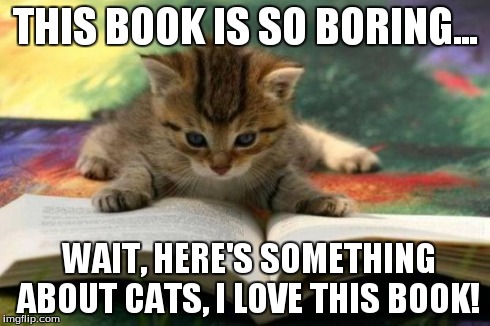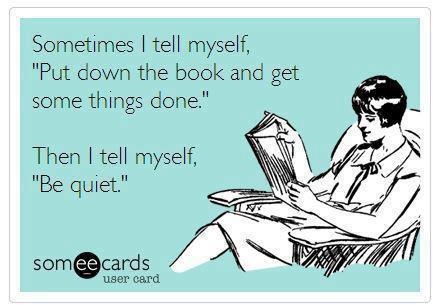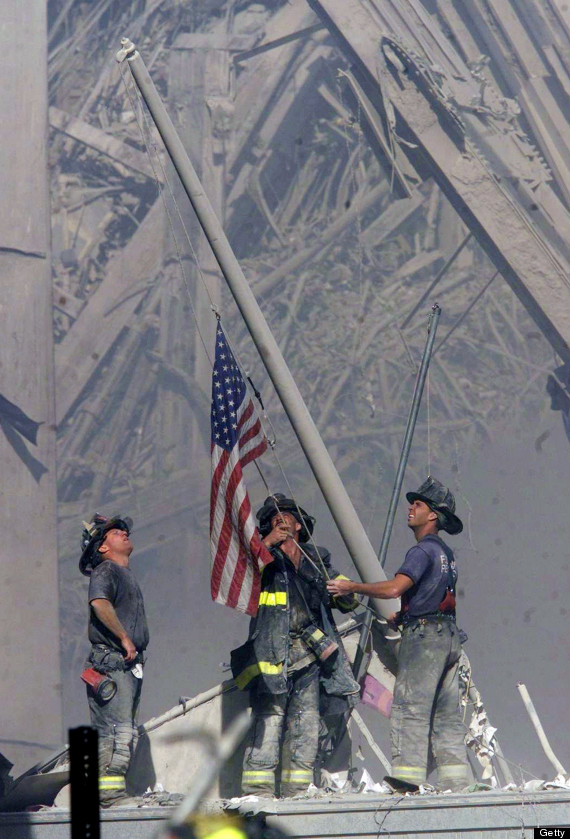The Other Wes Moore and Good Will Hunting Mid-term Project:
DUE OCTOBER 3RD AT 7:30 AM.
Using Google Slides as your format, you will be constructing a presentation on Theme in The Other Wes Moore and Good Will Hunting.
You have already found evidence of the issues of IDENTITY, DECISIONS, and REDEMPTION in both texts.
You will need to do the following:
1. Pick one issue and write it out as a theme as seen in The Other Wes Moore.
- Provide a minimum of three textual quotes, cited correctly, AND explanation of how the textual evidence supports your stated theme.
2. Pick one issue and write it out as a theme as seen in Good Will Hunting.
- Provide a minimum of three textual quotes, cited correctly, AND explanation of how the textual evidence supports your stated theme.
3. Pick one issue and write it out as a theme and show how it is seen in BOTH The Other Wes Moore and Good Will Hunting.
- Provide a minimum of three textual quotes for EACH text, cited correctly, AND explanation of how the textual evidence supports your stated theme.
Presentation requirements:
1. A title slide with your name and purpose of the presentation.
2. A slide(s) dedicated to explaining the definition of theme, and the process of determining theme.
3. What do you feel theme teaches you about a text/your world.
4. A brief summary of each text- The Other Wes Moore and Good Will Hunting... needs to be in your own words, not result of a Google search.
5. Address, cite, and explain a theme specific to WM. (See above)
6. Address, cite, and explain a theme specific to GWH.
7. Address, cite, and explain a theme that applies to BOTH WM and GWH.
8. Proper in text citation of direct quotes within the presentation, using MLA style guide.
9. A works cited page citing both WM and GWH, using MLA citation guide.
10. Images scattered throughout presentation that are thoughtful and supportive of the material covered on the slide.
11. Proper grammar and mechanics (spelling, italicized titles, capitalization, punctuation).













